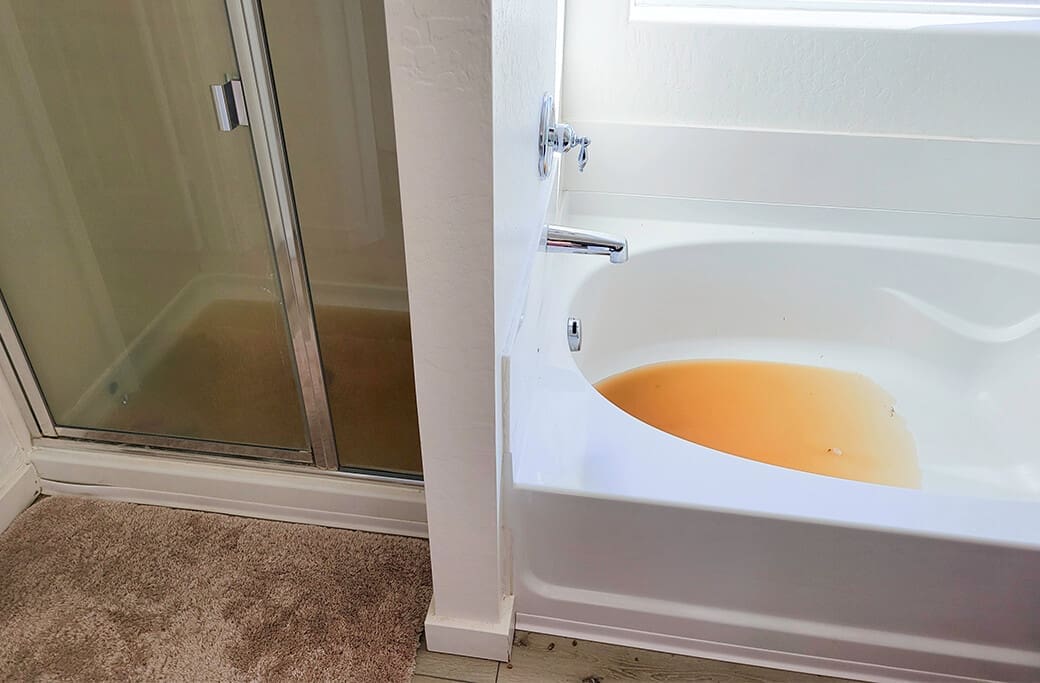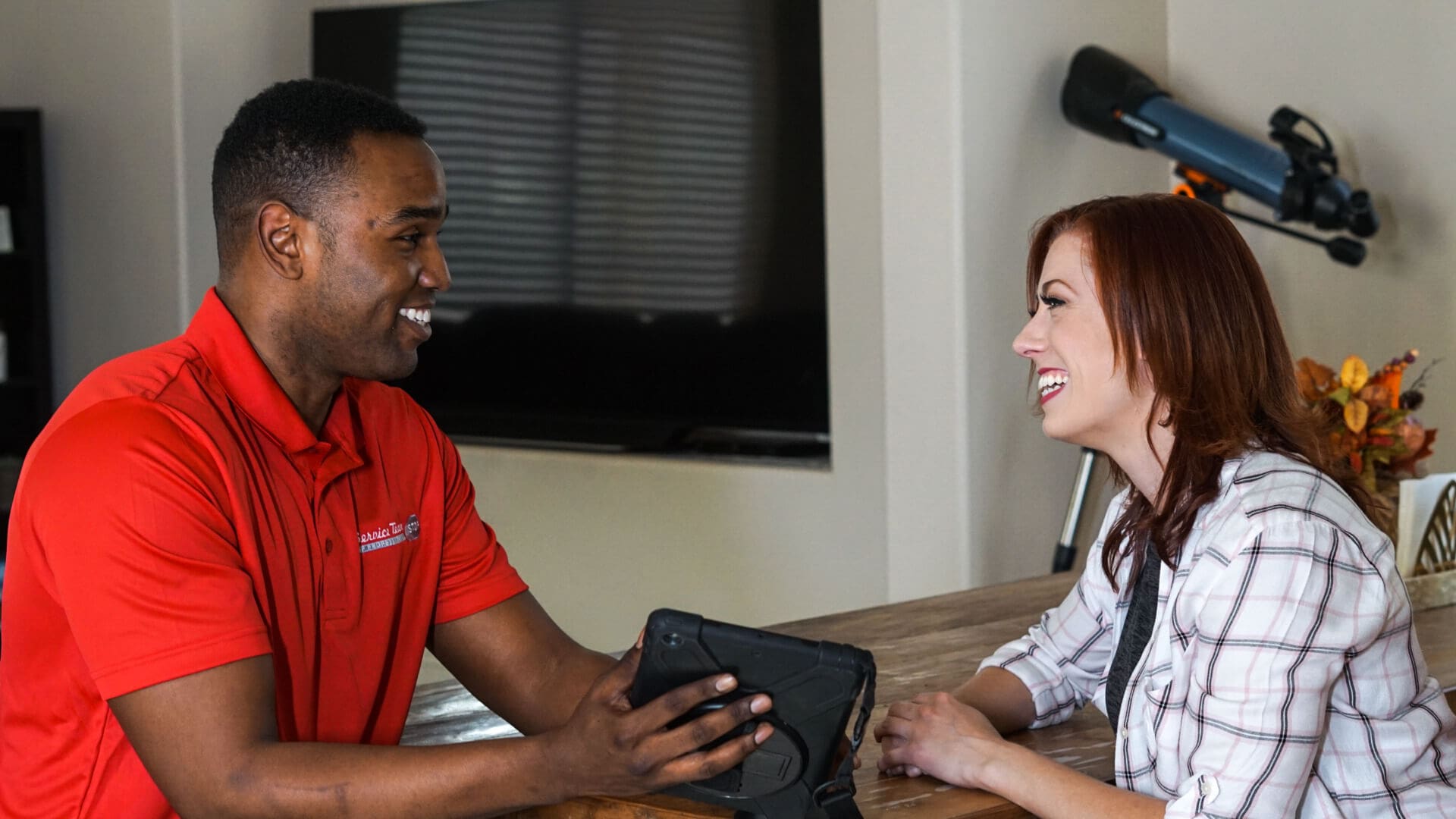
Mold is not just a pesky, unsightly invader in our homes – it’s often a silent threat that can wreak havoc on our health and the integrity of our living spaces. For homeowners, property managers, and anyone concerned about their well-being, spotting the early signs of mold growth is critical. By understanding these signs, you can intervene early, minimizing the potential for extensive damage to your property and safeguarding the health of those who occupy the space.
At STOP Restoration, we understand the critical nature of identifying mold growth right from its inception. Early detection is important in preventing the spread of mold and ensuring the safety and health of indoor environments. Recognizing mold early can significantly reduce the potential damage and health risks associated with prolonged exposure.
What is Mold?
Mold is a type of fungus that can be found both indoors and outdoors. It thrives in moist, warm, and dark environments, reproducing by means of tiny spores that are invisible to the naked eye. While some molds are useful in food production and decomposition processes, certain types – like Stachybotrys, commonly known as black mold – can produce mycotoxins that pose severe health risks.
Common Types of Indoor Mold
There are numerous types of indoor molds, but a few are more commonly found due to their prevalence and particular risks. These include:
-
- Cladosporium: Usually found in cooler areas and commonly in carpets and fabrics.
- Penicillium: Often associated with water-damaged building materials and spoiled foods.
- Asergillus: Found worldwide and can cause inflammatory and infectious conditions.
- Stachybotrys: Known as the “black mold,” it produces mycotoxins and can cause a range of health issues.
Signs of Mold Growth
Mold is stealthy, often growing out of sight until it’s already an issue. Recognizing early signs of mold growth can save you time, money, and perhaps most importantly, your health. Here are signs you should look out for:
Visual Signs
-
- Discoloration: Any patches of discoloration on walls, ceilings, or other surfaces, especially in circular or irregular patterns, could be a sign of mold.
- Visible Growth: This is the most obvious indication, usually seen as fuzzy or slimy patches that range in color from green and blue to black and even red hues.
Olfactory Signs
-
- Musty Odor: A persistent earthy or damp smell in an area, especially one that’s not often accessed or in basements, could be the result of mold spores.
- Moldy Smells in Specific Locations: Isolating a moldy smell to a specific area suggests that localized mold growth may be occurring.
Physical Signs
-
- Allergic Reactions: If people living in your home experience an exacerbation of allergy or asthma symptoms, it could be a sign of mold allergies.
- Respiratory Issues: For those not typically prone to allergies, the development of respiratory issues in an otherwise healthy environment could be an indicator of more advanced mold problems.
Health and Property Risks
Mold can lead to a variety of health issues, and it can cause severe structural damage to homes and buildings if left unchecked.
Health Hazards
-
- Allergic Reactions: Symptoms range from sneezing, red eyes, and skin rashes to more severe reactions.
- Asthma Attacks: Mold can trigger asthma attacks in individuals with a diagnosed condition.
- Fungal Infections: In people with weakened immune systems, mold can lead to opportunistic fungal infections.
- Mycotoxins: Certain mold species produce toxic substances that can lead to mycotoxin poisoning, with symptoms ranging from headaches to more severe cases of long-term illness.
Property Damage
-
- Structural Integrity: Mold can eat away at wood, wallboard, and other materials, potentially compromising the structural integrity of your home.
- Surface Damage: Visible molds cause discoloration, staining, and unsightly blemishes on surfaces.
- Value Depreciation: Heavy, long-term mold infestations can reduce the value of your property.
Prevention Tips
Preventing mold is far more manageable than dealing with it once it’s entrenched. Here’s what you can do to keep your home mold-free:
Regular Inspections
-
- High-Risk Areas: Regularly inspect areas at high risk for mold growth, such as bathrooms, kitchens, and basements.
- Visual Examination: Look for any signs of water leaks, increased humidity, or damage to walls and ceilings.
Control Humidity
-
- Use Dehumidifiers: In particularly humid environments or seasons, a dehumidifier can help maintain optimal indoor moisture levels.
- Ventilation: Ensure proper ventilation of bathrooms and kitchens with the use of exhaust fans or by opening windows.
Quick Repairs
-
- Address Leaks Promptly: Water is the precursor to mold growth, so any signs of leakage should be addressed immediately.
- Seal Cracks: Keep an eye out for cracks in your home’s structure and seal them to prevent water intrusion.
Mold-Resistant Products
-
- Building Materials: Where possible, use mold-resistant materials for construction and repairs, particularly in high-humidity areas.
- House Paint: There are now mold-resistant paints available that are specifically designed to inhibit mold growth on walls and ceilings.
Regular Cleaning
-
- Dust and Vacuum Frequently: Regular dusting and vacuuming can help eliminate mold spores that have landed on surfaces.
- Clean Damp Items: Make sure to clean and thoroughly dry items such as shower curtains and humidifiers to prevent mold growth.
Mold Removal
If you do discover mold in your home, here are some considerations for safe and effective removal:
DIY vs. Professional Services
-
- Small Areas: DIY mold removal may be sufficient for very small, localized areas (less than about 10 square feet).
- Large or Hidden Areas: Larger areas or those that are not easily accessible should be handled by a professional to ensure proper containment and remediation procedures.
Remediation Process
-
- Containment: Professionals will first set up containment to prevent the spread of mold spores to clean areas.
- Removal: The mold will be physically removed and any contaminated materials properly disposed of.
- Cleaning: The affected areas will be thoroughly cleaned, including HEPA vacuuming, and restoration work may be required to repair any damage.
- Preventive Measures: After remediation, professionals will often apply a mold inhibitor to prevent regrowth.
Ongoing Maintenance
-
- Regular Inspections: Schedule regular inspections and stay vigilant for any signs of returning mold.
- Control Moisture: Continue to control moisture levels in your home to prevent future mold issues.
Recognizing the Signs of Mold Growth
Mold growth is a subtle yet potent threat that can compromise both your property and your health. By staying informed of the signs and hazards associated with mold, you’re arming yourself with the knowledge needed to take swift, effective action. Regular inspection, vigilant moisture control, and taking preventative measures are your best defense against mold. Should you discover mold in your home, remember that professional services are always available to ensure safe, thorough remediation.
Early detection is key – it spells the difference between a small, manageable issue and a significant, costly problem. Stay proactive and informed, for a mold-free home is a safer, healthier home for you and your loved ones.
For those facing mold challenges in their homes or suspecting mold growth, STOP Restoration offers expert services to address and mitigate these concerns effectively. Our team is equipped with the knowledge and tools necessary to ensure a thorough mold remediation process, from initial assessment to final restoration. Don’t let mold put your health or property at risk. Contact STOP Restoration today to schedule an inspection and take the first step towards a safer, mold-free environment.




